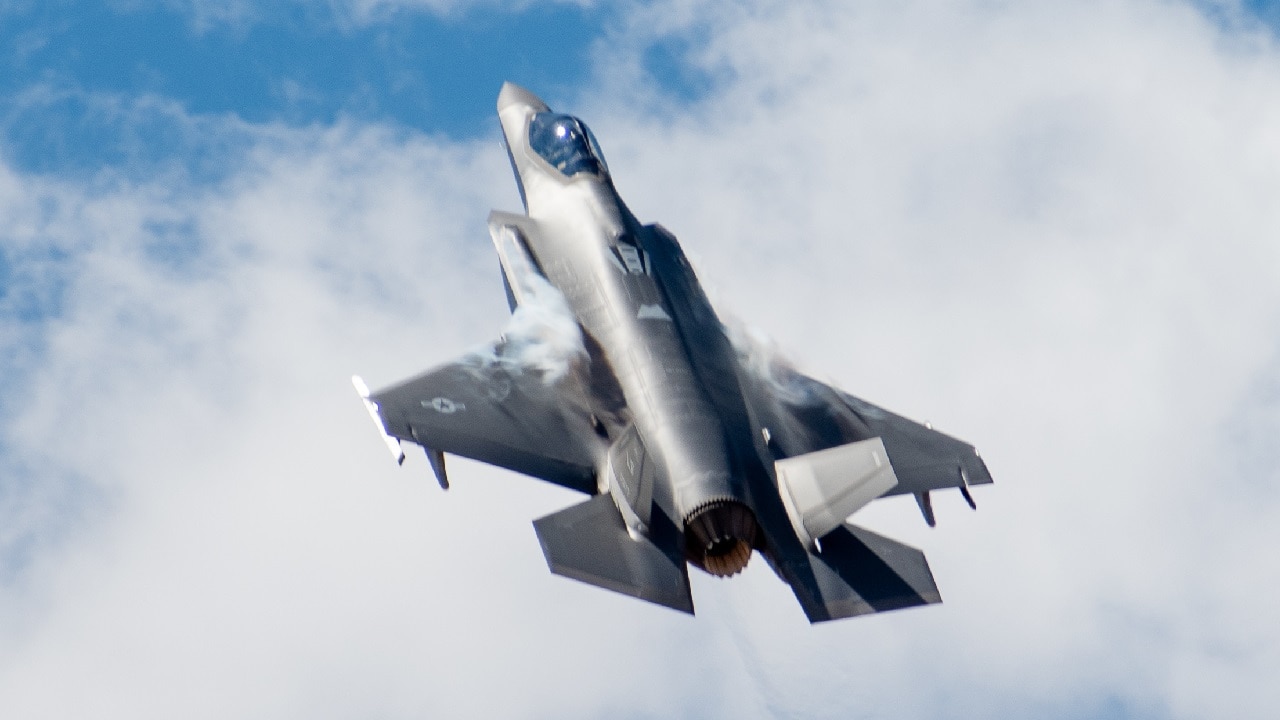The global expansion of the F-35 community is leading many to regard the Joint Strike Fighter as a 5th-generation multi-role fighter for the “free world,” leading even more unanticipated customers to pursue the jet.
In recent years, there has been nothing short of an explosion of new F-35 customers, including Finland, Switzerland, Poland, Germany, and more countries throughout Europe and Asia.
So why not India?
Certainly, the U.S.-Indian collaborative relationship is growing much stronger in many ways, particularly in defense. Recently, India and the U.S. have signed several collaborative defense industry development deals to strengthen Indian compatibility and interoperability with the U.S. and allied forces.
F-35 Deterring China
Clearly, there is a need to deter China from threatening India from its Western border beyond Tibet is a danger India takes seriously, particularly in recent years given border clashes and contested regions.
The threat from China’s Western border has only grown more significant in recent years due to China’s intense military modernization efforts. China regularly sees coverage in its government-backed Global Times newspaper that part of its military modernization includes building vehicles, platforms, and weapons systems specifically designed to fight in the plateau areas of Western China.
There is also a need to counter the Chinese J-20, a stealth 5th-gen, land-launched aircraft potentially in a position to threaten India. An Indian F-35 might be well positioned to challenge or even destroy the Chinese J-20 in the event there is a war for air supremacy along the border region. Part of this equation would also need to consider the F-35’s sensors as its computing and long-range high-fidelity sensing could perform critical Intelligence, Surveillance, and Reconnaissance (ISR) functions along the Chinese border while being in position to attack if necessary.
One of the largest advantages presented by an Indian F-35 would also be the potential for multi-domain networking, as a common Multifunction Advanced Data Link (MADL) would instantly and securely connect across a multi-national force of F-35s. Indian F-35s could connect with any ground-based U.S. Air Force F-35As or even amphibs or carrier-launched F-35Cs and F-35Bs operating from the Indian Ocean or Bay of Bengal. This would allow India, the U.S., and other regional allies to establish networked aerial formations across a dispersed operational envelope.
There is already a collaborative industrial effort underway between the Pentagon, Indian defense authorities, and Lockheed Martin regarding the construction of a specially configured upgraded F-16 variant referred to as the F-21. Lockheed has in recent years been working to help fortify industrial base capacity in the region, a development which might make it easier to accommodate an Indian F-35. An industrial presence would prove critical when it comes to any F-35 sustainment, maintenance, and upgrades required by the airframe.
Perhaps there is concern similar to what may cause the Pentagon to pause or hesitate about the possibility of exporting the F-35 to Taiwan, as the DoD might not want to provoke or challenge Chinese air superiority in the Indo-Pacific and further inflame tensions. However, when it comes to pure deterrence and the reality that China would likely hesitate to engage a formidable force of F-35s and compete for air superiority, there is a strong argument for why it might make sense to bring F-35s to India. F-35s are already present in impactful numbers in Asia due to F-35 partners such as Singapore, Japan, Australia, and South Korea. F-35 threats on China’s Western border might prove extremely impactful.
Kris Osborn is the Military Affairs Editor of 19FortyFive and President of Warrior Maven – Center for Military Modernization. Osborn previously served at the Pentagon as a Highly Qualified Expert with the Office of the Assistant Secretary of the Army—Acquisition, Logistics & Technology. Osborn has also worked as an anchor and on-air military specialist at national TV networks. He has appeared as a guest military expert on Fox News, MSNBC, The Military Channel, and The History Channel. He also has a Masters Degree in Comparative Literature from Columbia University.
From 19FortyFive
A Russian Submarine Accidently ‘Destroyed Itself’
Total Massacre’: Ukraine Footage Shows Russian Cruise Missile Shipment Attacked

